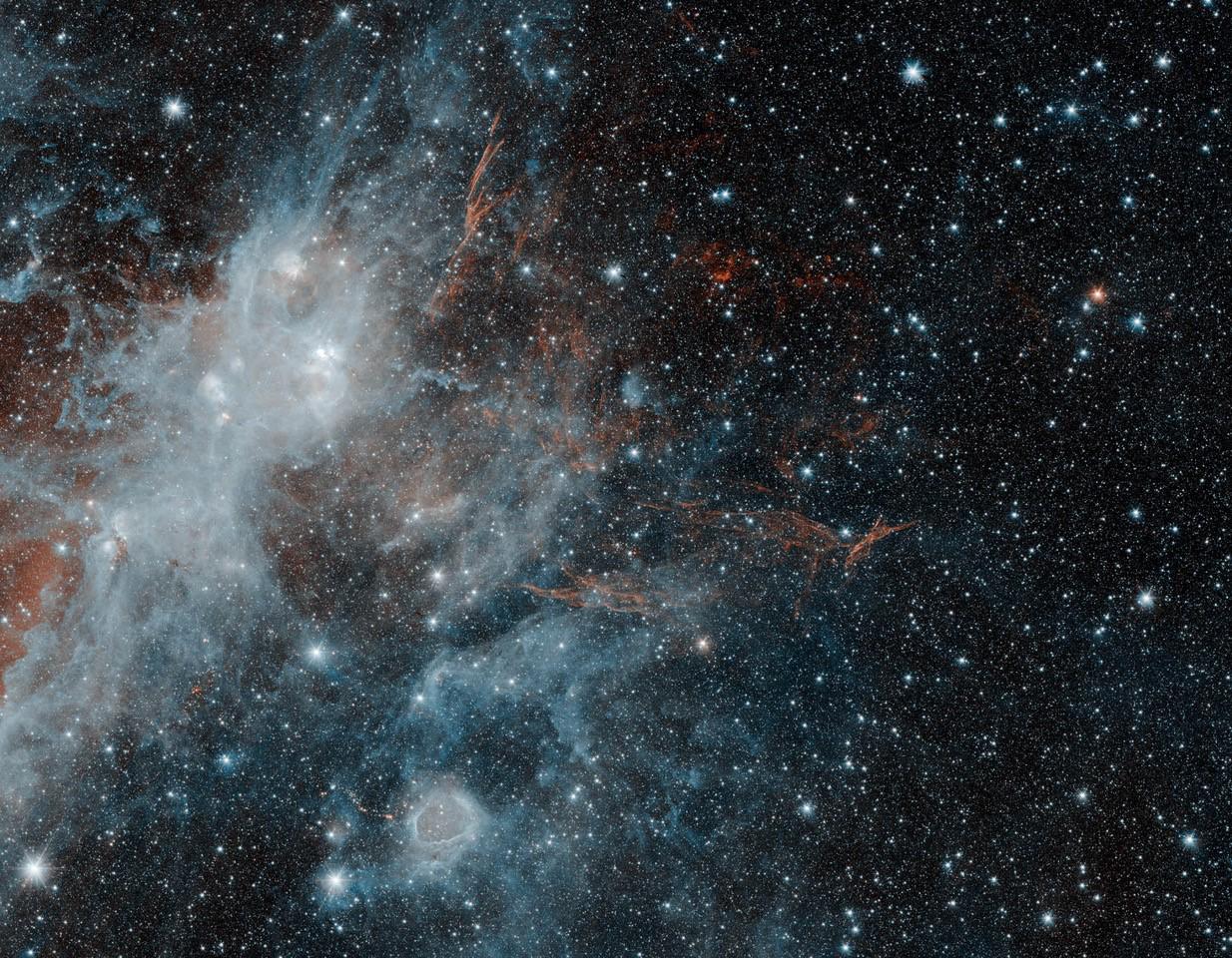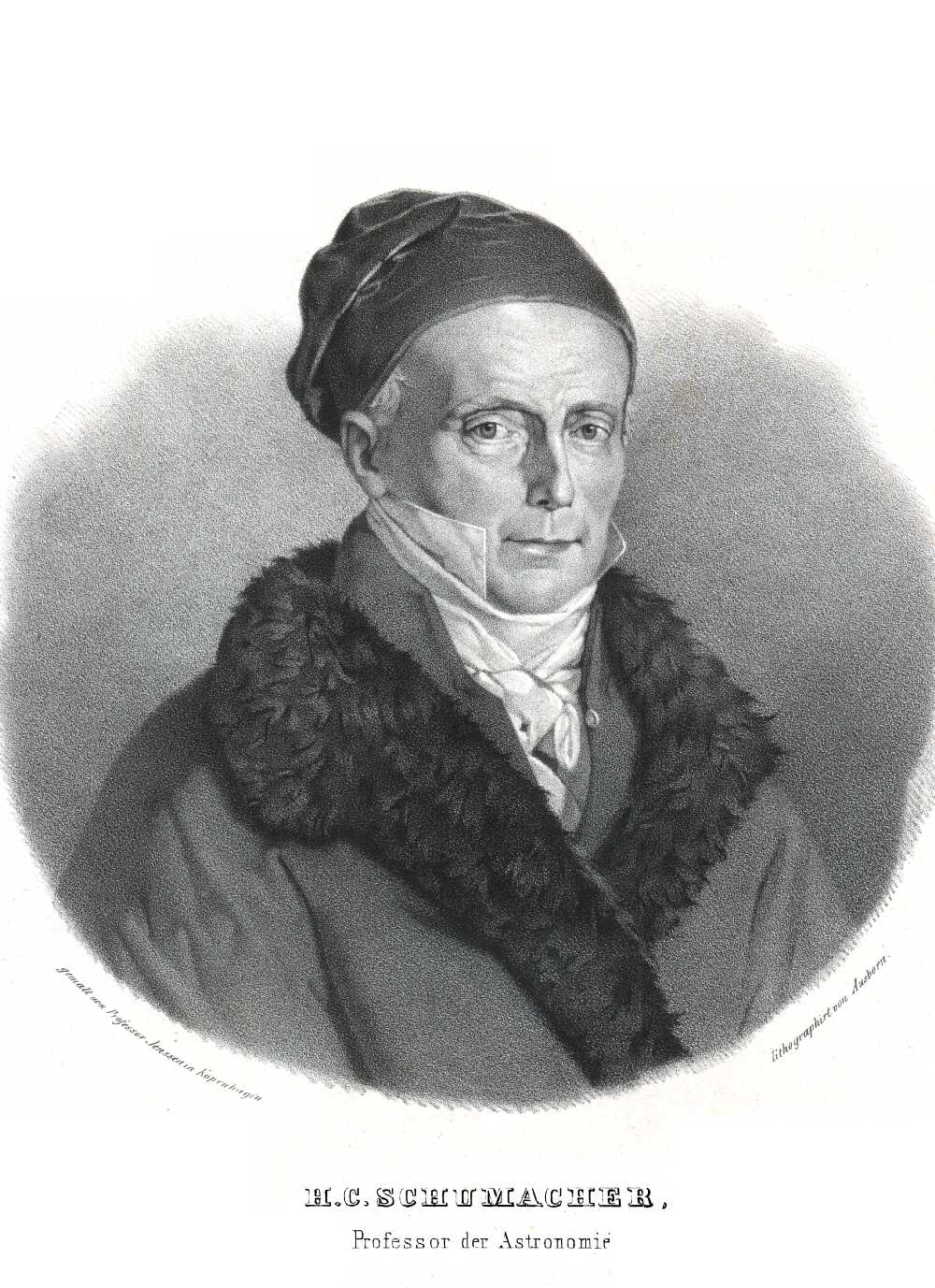|
SN 1006
SN 1006 was a supernova that is likely the brightest observed stellar event in recorded history, reaching an estimated −7.5 visual magnitude, and exceeding roughly sixteen times the brightness of Venus. Appearing between April 30 and May 1, 1006, in the constellation of Lupus, this "guest star" was described by observers across China, Japan, modern-day Iraq, Egypt, and Europe, and was possibly recorded in North American petroglyphs. Some reports state it was clearly visible in the daytime. Modern astronomers now consider its distance from Earth to be about 7,200 light-years or 2,200 parsecs. Historic reports Egyptian astrologer and astronomer Ali ibn Ridwan, writing in a commentary on Ptolemy's ''Tetrabiblos'', stated that the "spectacle was a large circular body, 2 to 3 times as large as Venus. The sky was shining because of its light. The intensity of its light was a little more than a quarter that of Moon light" (or perhaps "than the light of the Moon when one-quarter ... [...More Info...] [...Related Items...] OR: [Wikipedia] [Google] [Baidu] |
Supernova Remnant
A supernova remnant (SNR) is the structure resulting from the explosion of a star in a supernova. The supernova remnant is bounded by an expanding shock wave, and consists of ejected material expanding from the explosion, and the interstellar material it sweeps up and shocks along the way. There are two common routes to a supernova: either a massive star may run out of fuel, ceasing to generate fusion energy in its core, and collapsing inward under the force of its own gravity to form a neutron star or a black hole; or a white dwarf star may accrete material from a companion star until it reaches a critical mass and undergoes a thermonuclear explosion. In either case, the resulting supernova explosion expels much or all of the stellar material with velocities as much as 10% the speed of light (or approximately 30,000 km/s). These speeds are highly supersonic, so a strong shock wave forms ahead of the ejecta. That heats the upstream plasma up to temperatures well above mi ... [...More Info...] [...Related Items...] OR: [Wikipedia] [Google] [Baidu] |
Ali Ibn Ridwan
Abu'l Hassan Ali ibn Ridwan Al-Misri () (c. 988 - c. 1061) was an Arab of Egyptian origin who was a physician, astrologer and astronomer, born in Giza. He was a commentator on ancient Greek medicine, and in particular on Galen; his commentary on Galen's ''Ars Parva'' was translated by Gerardo Cremonese. However, he is better known for providing the most detailed description of the supernova now known as SN 1006, the brightest stellar event in recorded history, which he observed in the year 1006. This was written in a commentary on Ptolemy's work ''Tetrabiblos''. He was later cited by European authors as Hali, Haly, or Haly Abenrudian. According to Alistair Cameron Crombie he also contributed to the theory of induction. He engaged in a celebrated polemic against another physician, Ibn Butlan of Baghdad. Ali Ibn Ridwan is the likely inspiration for Ambrose Bierce's use of the name, Hali, in his short story, ''An Inhabitant of Carcosa''. The name, Hali, was subsequently used by Ro ... [...More Info...] [...Related Items...] OR: [Wikipedia] [Google] [Baidu] |
Song Dynasty
The Song dynasty (; ; 960–1279) was an imperial dynasty of China that began in 960 and lasted until 1279. The dynasty was founded by Emperor Taizu of Song following his usurpation of the throne of the Later Zhou. The Song conquered the rest of the Ten Kingdoms, ending the Five Dynasties and Ten Kingdoms period. The Song often came into conflict with the contemporaneous Liao, Western Xia and Jin dynasties in northern China. After retreating to southern China, the Song was eventually conquered by the Mongol-led Yuan dynasty. The dynasty is divided into two periods: Northern Song and Southern Song. During the Northern Song (; 960–1127), the capital was in the northern city of Bianjing (now Kaifeng) and the dynasty controlled most of what is now Eastern China. The Southern Song (; 1127–1279) refers to the period after the Song lost control of its northern half to the Jurchen-led Jin dynasty in the Jin–Song Wars. At that time, the Song court retreated south of the ... [...More Info...] [...Related Items...] OR: [Wikipedia] [Google] [Baidu] |
History Of Song (Yuan Dynasty)
The ''History of Song'' or ''Song Shi'' () is one of the official Chinese historical works known as the ''Twenty-Four Histories'' of China that records the history of the Song dynasty (960–1279). It was commissioned in 1343 and compiled under the direction of First Minister Toqto'a and Prime Minister Alutu () during the Yuan dynasty (1271–1368) at the same time as the ''History of Liao'' and the ''History of Jin''. Running to a total of 496 chapters, the ''History of Song'' includes biographies of the Song Emperors along with contemporary records and biographical sketches of Song dynasty politicians, soldiers and philosophers. Publication process Kublai Khan endorsed a proposal by Liu Bingzhong and Wang E (, 1190–1273) for the compilation of historic records of the Song, Jin, and Liao dynasties but the compilation effort stalled for some time. In March 1343, the third year of Ukhaantu Khan, Emperor Huizong of Yuan's Zhizheng Era (), an Imperial edict ordered the creatio ... [...More Info...] [...Related Items...] OR: [Wikipedia] [Google] [Baidu] |
Astronomische Nachrichten
''Astronomische Nachrichten'' (''Astronomical Notes''), one of the first international journals in the field of astronomy, was established in 1821 by the German astronomer Heinrich Christian Schumacher. It claims to be the oldest astronomical journal in the world that is still being published. The publication today specializes in articles on solar physics, extragalactic astronomy, cosmology, geophysics, and instrumentation for these fields. All articles are subject to peer review. Early history The journal was founded in 1821 by Heinrich Christian Schumacher,''Publications of the Astronomical Society of the Pacific'', page 60, v.7 (1895) under the patronage of Christian VIII of Denmark, and quickly became the world's leading professional publication for the field of astronomy. Schumacher edited the journal at the Altona Observatory, then under the administration of Denmark, later part of Prussia, and today part of the German city of Hamburg. Schumacher edited the first 31 issue ... [...More Info...] [...Related Items...] OR: [Wikipedia] [Google] [Baidu] |
Iran
Iran, officially the Islamic Republic of Iran, and also called Persia, is a country located in Western Asia. It is bordered by Iraq and Turkey to the west, by Azerbaijan and Armenia to the northwest, by the Caspian Sea and Turkmenistan to the north, by Afghanistan and Pakistan to the east, and by the Gulf of Oman and the Persian Gulf to the south. It covers an area of , making it the 17th-largest country. Iran has a population of 86 million, making it the 17th-most populous country in the world, and the second-largest in the Middle East. Its largest cities, in descending order, are the capital Tehran, Mashhad, Isfahan, Karaj, Shiraz, and Tabriz. The country is home to one of the world's oldest civilizations, beginning with the formation of the Elamite kingdoms in the fourth millennium BC. It was first unified by the Medes, an ancient Iranian people, in the seventh century BC, and reached its territorial height in the sixth century BC, when Cyrus the Great fo ... [...More Info...] [...Related Items...] OR: [Wikipedia] [Google] [Baidu] |
Ibn Sina
Ibn Sina ( fa, ابن سینا; 980 – June 1037 CE), commonly known in the West as Avicenna (), was a Persian polymath who is regarded as one of the most significant physicians, astronomers, philosophers, and writers of the Islamic Golden Age, and the father of early modern medicine. Sajjad H. Rizvi has called Avicenna "arguably the most influential philosopher of the pre-modern era". He was a Muslim Peripatetic philosopher influenced by Greek Aristotelian philosophy. Of the 450 works he is believed to have written, around 240 have survived, including 150 on philosophy and 40 on medicine. His most famous works are ''The Book of Healing'', a philosophical and scientific encyclopedia, and ''The Canon of Medicine'', a medical encyclopedia which became a standard medical text at many medieval universities and remained in use as late as 1650. Besides philosophy and medicine, Avicenna's corpus includes writings on astronomy, alchemy, geography and geology, psychology, I ... [...More Info...] [...Related Items...] OR: [Wikipedia] [Google] [Baidu] |
The Book Of Healing
''The Book of Healing'' (; ; also known as ) is a scientific and philosophical encyclopedia written by Abu Ali ibn Sīna (aka Avicenna) from medieval Persia, near Bukhara in Maverounnahr. He most likely began to compose the book in 1014, completed it around 1020, and published it in 1027. This work is Ibn Sina's major work on science and philosophy, and is intended to "cure" or "heal" ignorance of the soul. Thus, despite its title, it is not concerned with medicine, in contrast to Avicenna's earlier ''The Canon of Medicine'' (5 vols.) which is, in fact, medical. The book is divided into four parts: logic, natural sciences, mathematics (a quadrivium of arithmetic, geometry, astronomy), and metaphysics.Goodman, Lenn Evan. 1992. ''Avicenna''. Routledge. . p. 31. It was influenced by ancient Greek philosophers such as Aristotle; Hellenistic thinkers such as Ptolemy; and earlier Persian/Muslim scientists and philosophers, such as Al-Kindi (Alkindus), Al-Farabi (Alfarabi), and Al ... [...More Info...] [...Related Items...] OR: [Wikipedia] [Google] [Baidu] |
The Astronomical Journal
''The Astronomical Journal'' (often abbreviated ''AJ'' in scientific papers and references) is a peer-reviewed monthly scientific journal owned by the American Astronomical Society (AAS) and currently published by IOP Publishing. It is one of the premier journals for astronomy in the world. Until 2008, the journal was published by the University of Chicago Press on behalf of the AAS. The reasons for the change to the IOP were given by the society as the desire of the University of Chicago Press to revise its financial arrangement and their plans to change from the particular software that had been developed in-house. The other two publications of the society, the ''Astrophysical Journal'' and its supplement series, followed in January 2009. The journal was established in 1849 by Benjamin A. Gould. It ceased publication in 1861 due to the American Civil War, but resumed in 1885. Between 1909 and 1941 the journal was edited in Albany, New York. In 1941, editor Benjamin Boss arrange ... [...More Info...] [...Related Items...] OR: [Wikipedia] [Google] [Baidu] |
47th Parallel North
The 47th parallel north is a circle of latitude that is 47 degrees north of the Earth's equatorial plane. It crosses Europe, Asia, the Pacific Ocean, North America, and the Atlantic Ocean. At this latitude the sun is visible for 15 hours, 54 minutes during the summer solstice and 8 hours, 31 minutes during the winter solstice. This is the northern limit of the visibility of the star θ Scorpii and thus of the 'tail' of the constellation Scorpius. Around the world Starting at the Prime Meridian and heading eastwards, the parallel 47° north passes through: : See also * 46th parallel north *48th parallel north The 48th parallel north is a circle of latitude that is 48 degrees north of the Earth's equatorial plane. It crosses Europe, Asia, the Pacific Ocean, North America, and the Atlantic Ocean. In Canada the parallel forms part of the border betwee ... References {{geographical coordinates, state=collapsed n47 ... [...More Info...] [...Related Items...] OR: [Wikipedia] [Google] [Baidu] |
Abbey Of Saint Gall
The Abbey of Saint Gall (german: Abtei St. Gallen) is a dissolved abbey (747–1805) in a Catholic religious complex in the city of St. Gallen in Switzerland. The Carolingian-era monastery existed from 719, founded by Saint Othmar on the spot where Gallus had erected his hermitage. It became an independent principality between 9th and 13th centuries, and was for many centuries one of the chief Benedictine abbeys in Europe. The library of the Abbey is one of the oldest monastic libraries in the world. The city of St. Gallen originated as an adjoining settlement of the abbey. The abbey was secularized around 1800, and in 1848 its former church became a Cathedral. Since 1983 the abbey precinct has been a UNESCO World Heritage Site. History Foundation Around 612 Gallus, according to tradition an Irish monk and disciple and companion of Saint Columbanus, established a hermitage on the site that would become the monastery. He lived in his cell until his death in 646, and wa ... [...More Info...] [...Related Items...] OR: [Wikipedia] [Google] [Baidu] |
Annales Sangallenses Maiores
The ''Annales Sangallenses maiores'' (Latin for ''Greater Annals of St Gall'') are annals compiled in St Gallen, covering the years 927 through to 1059. They continue the ''Annales Alamannici The ''Annales Almannici'', which are also referred to as the ''Annals of St. Gall'', provide one of the earliest records of Medieval Europe available. The core text of the ''Annales Alamannici'' covers the years 709 through to 799. Spread over se ...'', the St Gallen version of which reaches up to 926. References Carolingian historiography {{Switzerland-hist-stub ... [...More Info...] [...Related Items...] OR: [Wikipedia] [Google] [Baidu] |




